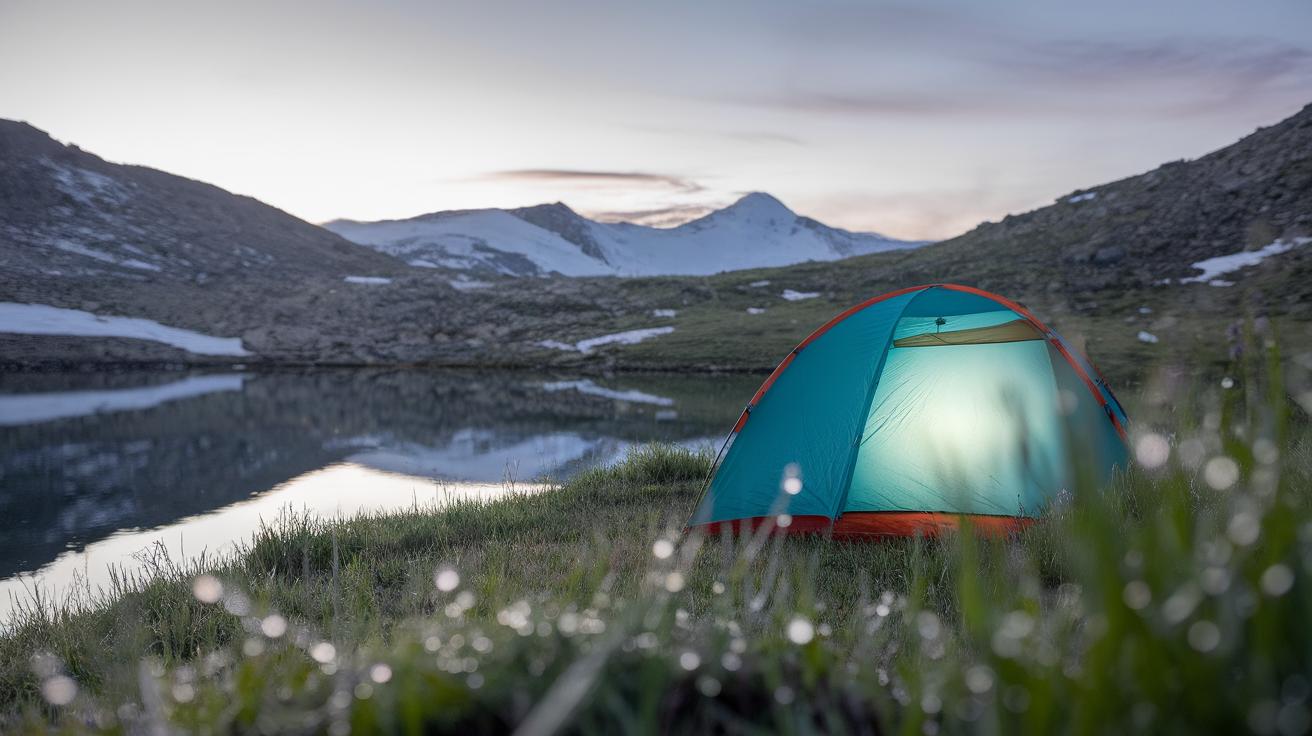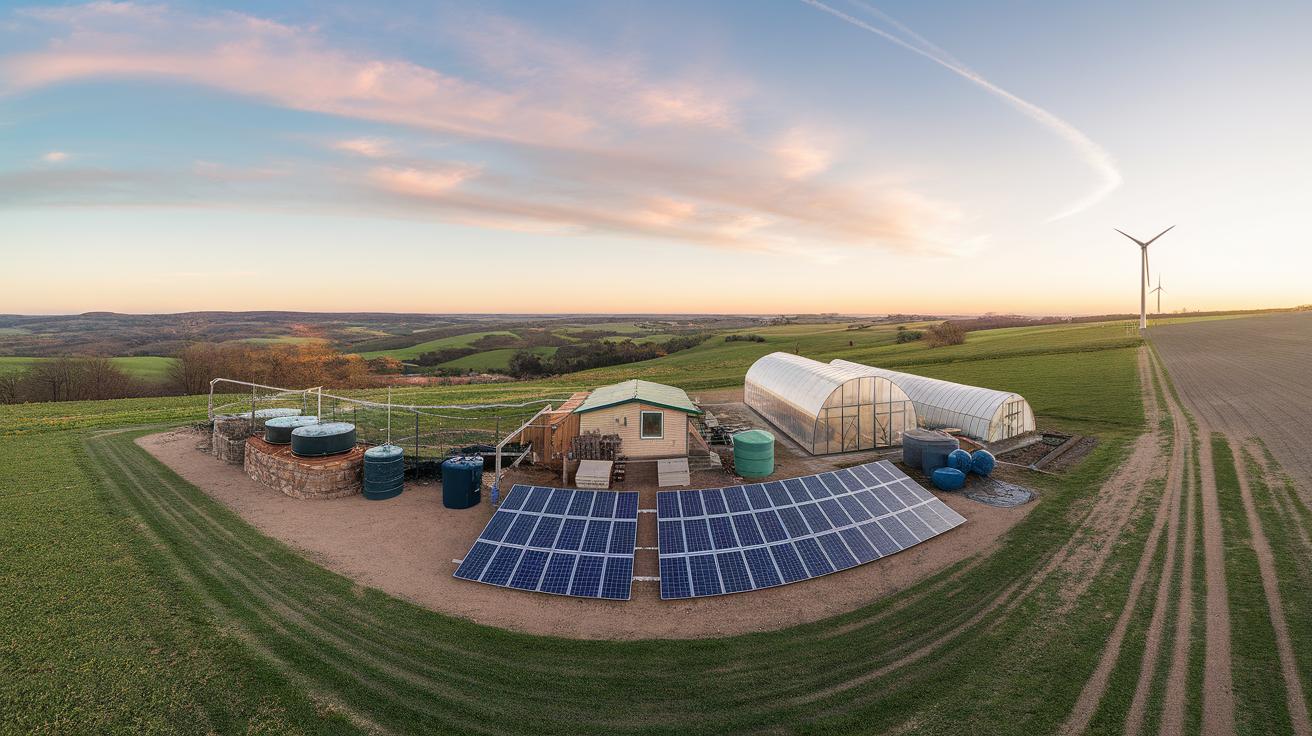Introduction
Tent living offers a unique way to experience nature, allowing individuals and families to connect with the world around them in a direct and personal manner. This lifestyle has deep historical roots, originating with nomadic peoples who relied on tents for shelter and comfort. Today, more people are embracing the simplicity and adventure of tent living, seeking a break from modern life’s distractions. As they immerse themselves in the beauty of the outdoors, they not only enjoy the wilderness but also gain insight into sustainability and self-sufficiency.
In this article, we will explore the numerous facets of tent living, from the different types of tents available to practical tips for setting up a campsite. Readers will learn how to prepare for various conditions and improve their outdoor experience. Additionally, we will discuss the increase in tent living as a viable option for urban dwellers and rebounding campers alike. Join us as we delve into this exciting lifestyle that encourages exploration, adventure, and community.
The Evolution of Tents A Journey Through History

Tents have a long history, dating back thousands of years. Ancient nomadic cultures used animal hides or simple cloth stretched over a framework to create portable shelters. These early tents provided safety and comfort while allowing tribes to move freely in search of food and resources. Over time, people developed various tent designs to suit their specific needs, from military shelters to festival canopies.
Today, tents come in many shapes and sizes, serving different purposes. Dome tents, for example, offer stability in windy conditions and are popular among campers. A-frame tents, with their triangular shape, perform well in snowy environments. Backpacking tents prioritize lightweight construction for easy transport, while family tents emphasize space and comfort. Each type of tent plays a significant role in enhancing outdoor experiences.
Understanding Tent Types
Several tent types cater to different outdoor adventures, each boasting unique benefits. Dome tents are versatile and stable, making them ideal for camping trips in varied weather. Their curved shape helps wind flow around them, providing better protection. A-frame tents, on the other hand, offer a classic design that suits colder climates, as they easily shed snow.
Backpacking tents focus on weight, making them perfect for hikers who need to minimize their gear. Tunnel tents provide more interior space and work well for families or groups. Each design reflects the specific needs of outdoor enthusiasts, ensuring everyone can find the right shelter for their adventures in nature.
Understanding Tent Types Insights on Tent Living
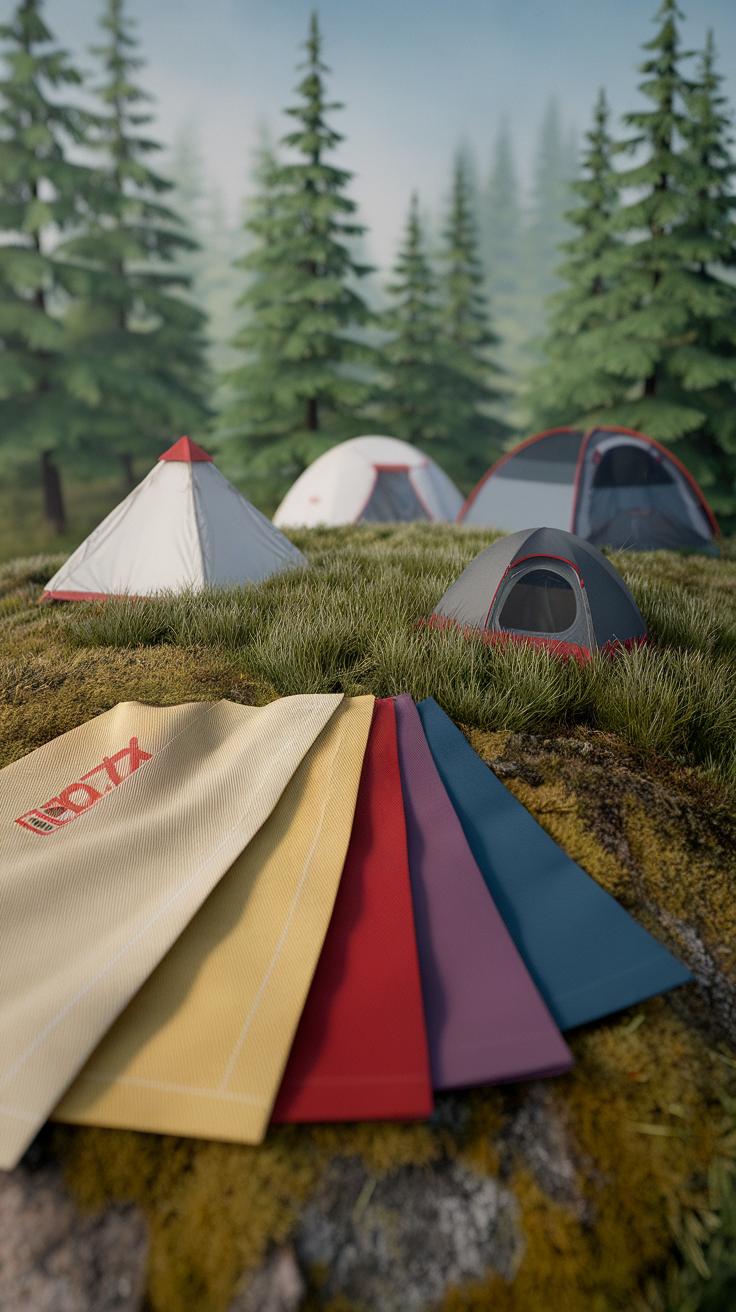
The Diversity of Tents
Tents come in many shapes and sizes, each designed for different outdoor experiences. The dome tent, with its rounded structure, stands strong against wind and rain. This type works well for backpackers who need lightweight options and quick setup. The A-frame tent, characterized by its triangular shape, offers simplicity and stability. Campers often choose it for its easy-to-pitch design, especially in dry conditions.
Another popular option is the tunnel tent, which provides extra space and height, making it perfect for family camping trips. For those seeking a more luxurious outdoor experience, the canvas tent provides durability and comfort. It can serve as a base camp for extended adventures, offering ample space for gear and hanging out. Each tent type serves a purpose, helping adventurers optimize their time under the stars.
Choosing the Right Tent Embrace the Outdoors with Tent Living Insights

Selecting a Tent Based on Your Needs
Selecting the appropriate tent can enhance your outdoor experience dramatically. Start by determining the number of people joining your adventure. Tents come in various sizes to accommodate solo campers, couples, or larger groups. If you plan to camp in different weather conditions, consider a sturdy model designed to withstand rain and wind. Look for features like waterproof materials and added ventilation to ensure comfort during the night.
Considering Your Experience Level
Your experience level also plays a vital role in your choice. Beginners might prefer easy-to-set-up models like pop-up tents, while seasoned campers may want advanced options that offer more durability and space. Take time to read reviews and get recommendations from fellow campers. The right tent can transform an outdoor adventure from a simple outing into a memorable experience, making it crucial to choose wisely.
Setting Up Camp StepbyStep Guidance for Tent Living
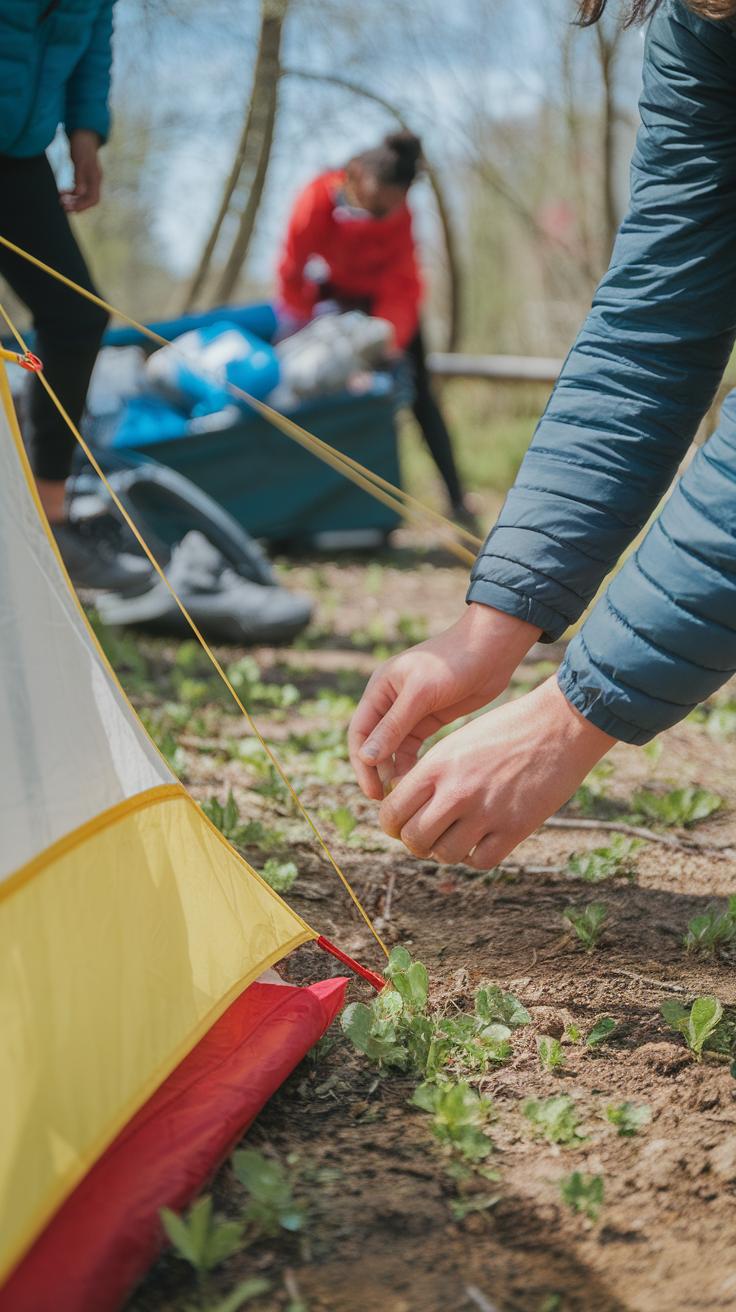
Choosing the Right Spot
Before setting up a tent, make sure to find a good location. Look for flat ground free of rocks, sticks, or sharp objects. Avoid areas near water sources to prevent flooding in rain. Check the tree cover for protection against strong winds. Keep your tent away from animal trails to minimize encounters with wildlife.
Assembling the Tent
Begin by laying out the tent on the chosen spot. Spread it out completely, making sure no parts hang off the edges. Assemble the tent poles, if applicable. Insert the poles into the tent’s sleeves or clips according to the instructions. Stand the tent up, adjusting the shape as needed. Stake the tent securely into the ground using the stakes provided, ensuring it remains stable even in wind or rain.
Stabilizing Against Weather
For windy conditions, position the tent with the entrance facing away from the wind. Add guylines for extra stability by tying them to the tent’s corners and securing them to the ground. In wet weather, place a tarp under the tent to prevent moisture from seeping in. Use a rainfly to cover the top, offering extra protection from rain and lowering the risk of leaks.
Tent Living Essentials Gear and Supplies for Comfort and Safety

Gathering Your Gear
Choosing the right gear makes tent living enjoyable and safe. Start with a high-quality tent designed for specific weather conditions. Look for one that offers waterproof fabric and sturdy stakes. A comfortable sleeping pad or air mattress provides a good night’s sleep, while warm sleeping bags keep you cozy during cold nights. Don’t forget a reliable lantern or flashlight for visibility after sunset. Packing a multi-tool can help with minor repairs and tasks around camp.
Packing Practical Supplies
Bring cooking supplies to prepare meals outdoors. A portable stove, cooking pot, and utensils can enhance your camping experience. Always include a first aid kit for unexpected injuries or illnesses. Staying hydrated is vital; pack a water filtration system if you’re near natural water sources. Remember to carry insect repellent and sunscreen to protect against bites and sunburns. These essential items not only ensure comfort but also create a safer outdoor adventure.
Dealing with Weather Challenges Tent Living Insights
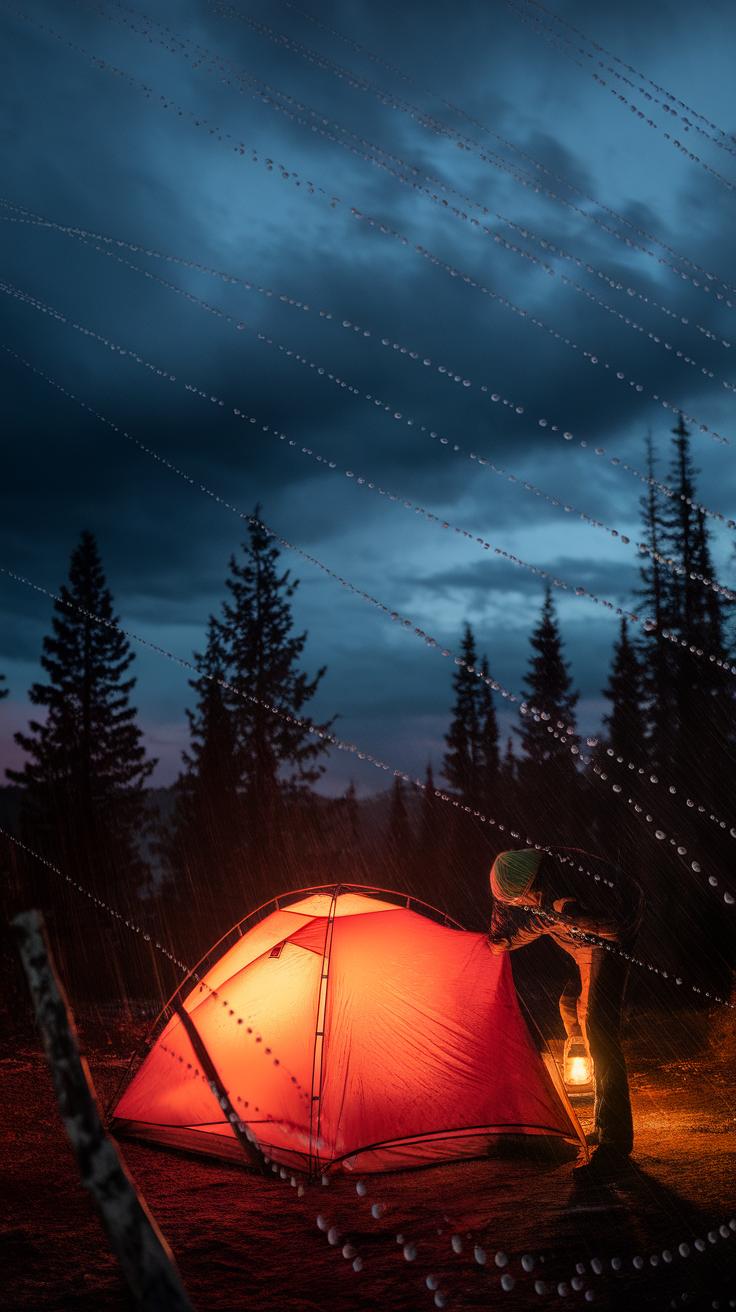
Preparing for Different Weather Conditions
Tent living means facing various weather conditions, so planning becomes vital. Start with a weatherproof tent that can withstand rain, wind, and snow. Choose a tent with a rainfly to keep moisture out. Stakes and guylines secure the tent against strong winds, preventing it from collapsing. During storms, find a flat, elevated area to set up the tent. Avoid low spots that might collect water.
Hot and Cold Weather Considerations
Heat can pose challenges too. In warm weather, set up the tent in shaded areas to stay cool. Use a reflective tarp to block sunlight and keep the inside comfortable. For cold weather, insulate the tent with a thick sleeping pad and warm sleeping bags. Cover the tent with an extra tarp to trap warmth. Always prepare for sudden weather changes, packing essentials like rain gear and warm clothing. Staying ready enhances your outdoor experience.
Sustainability in Tent Living
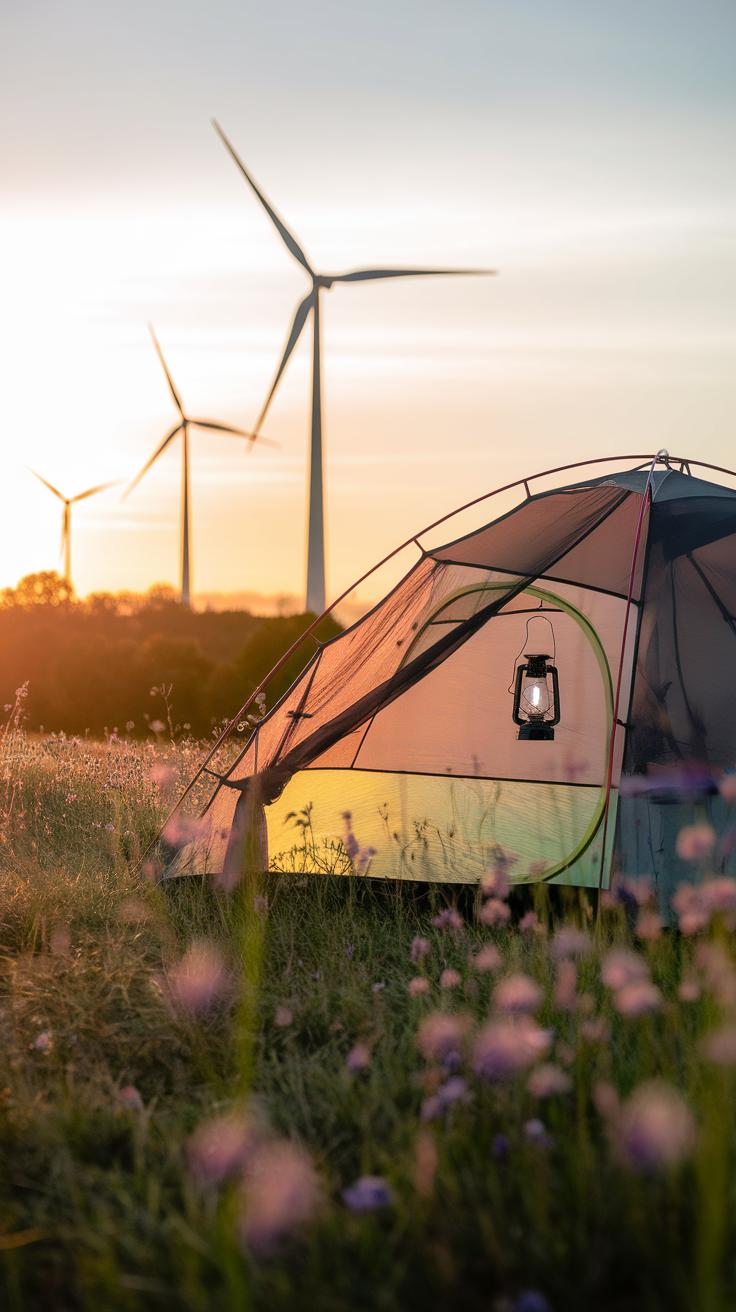
Promoting Sustainability Through Tent Living
Tent living supports sustainability by encouraging outdoor enthusiasts to connect with nature. When individuals choose to camp in tents, they often seek to minimize their environmental impact. Many tent campers make a conscious effort to follow principles like Leave No Trace. This guideline teaches campers to leave their campsite as they found it. They learn to pack out all trash, avoid damaging vegetation, and use established trails to protect wildlife habitats.
Respecting Nature with Tent Living Practices
Camping in tents fosters a sense of respect for the environment. It inspires people to appreciate natural resources and understand their importance. Tent living allows campers to engage in eco-friendly practices such as using biodegradable soaps and choosing sustainable gear. By spending time outdoors, campers develop a deeper connection to the land. They realize that taking care of nature ensures future generations can experience its beauty just as they have. This respect drives a community focused on preservation and responsibility.
Health Benefits of Tent Living Explore the Mental and Physical Health Benefits Associated with Spending Time Outdoors in a Tent
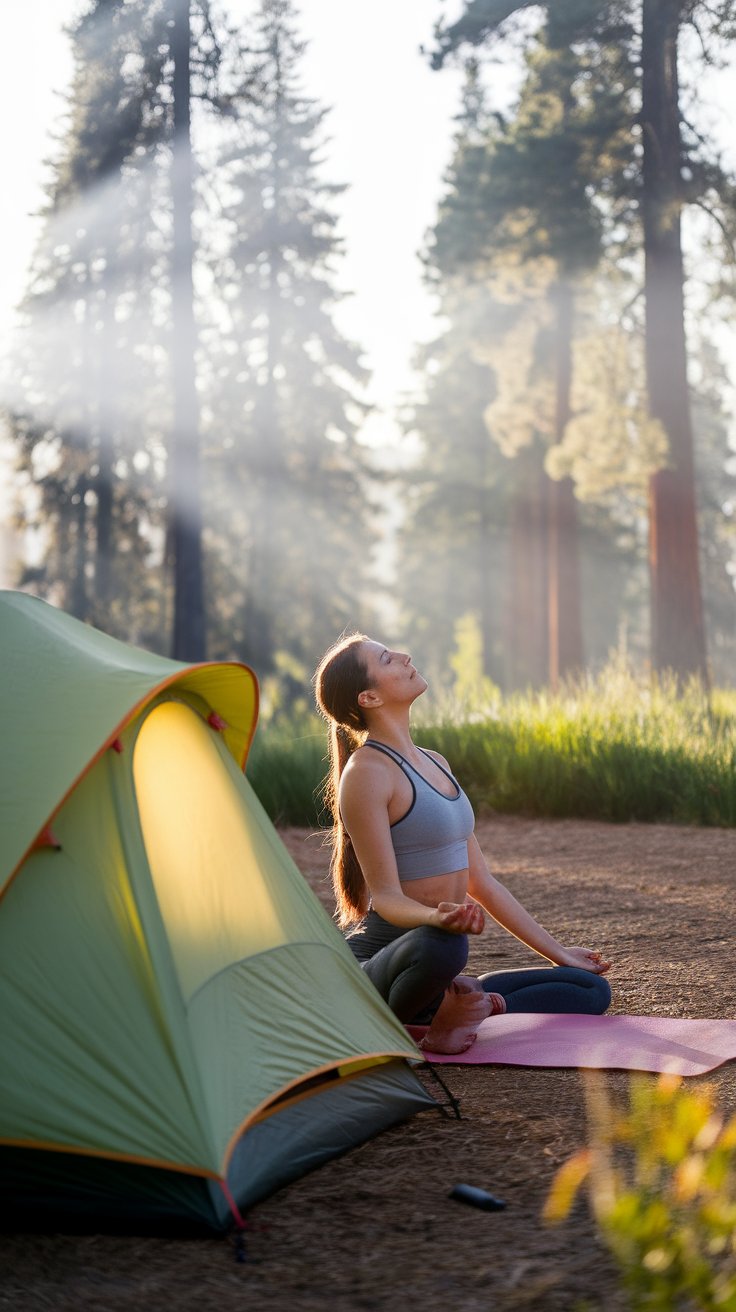
Tent living offers numerous health benefits that enhance both mental and physical well-being. Spending time outdoors allows individuals to breathe fresh air, which boosts lung function and improves overall health. The natural surroundings provide a welcome break from screens and daily stressors, encouraging relaxation and reducing anxiety. Engaging in outdoor activities, like hiking or fishing, promotes physical fitness. These activities strengthen muscles and improve cardiovascular health.
Time outdoors also helps connect individuals to nature, fostering mindfulness and appreciation for the environment. This connection can lead to greater emotional stability and a sense of belonging. Nature has a calming effect, allowing campers to rejuvenate and recharge. Regular outdoor experiences in a tent can improve mood and overall happiness, making tent living a wonderful choice for anyone seeking better health and well-being.
Tent Living as a Solution
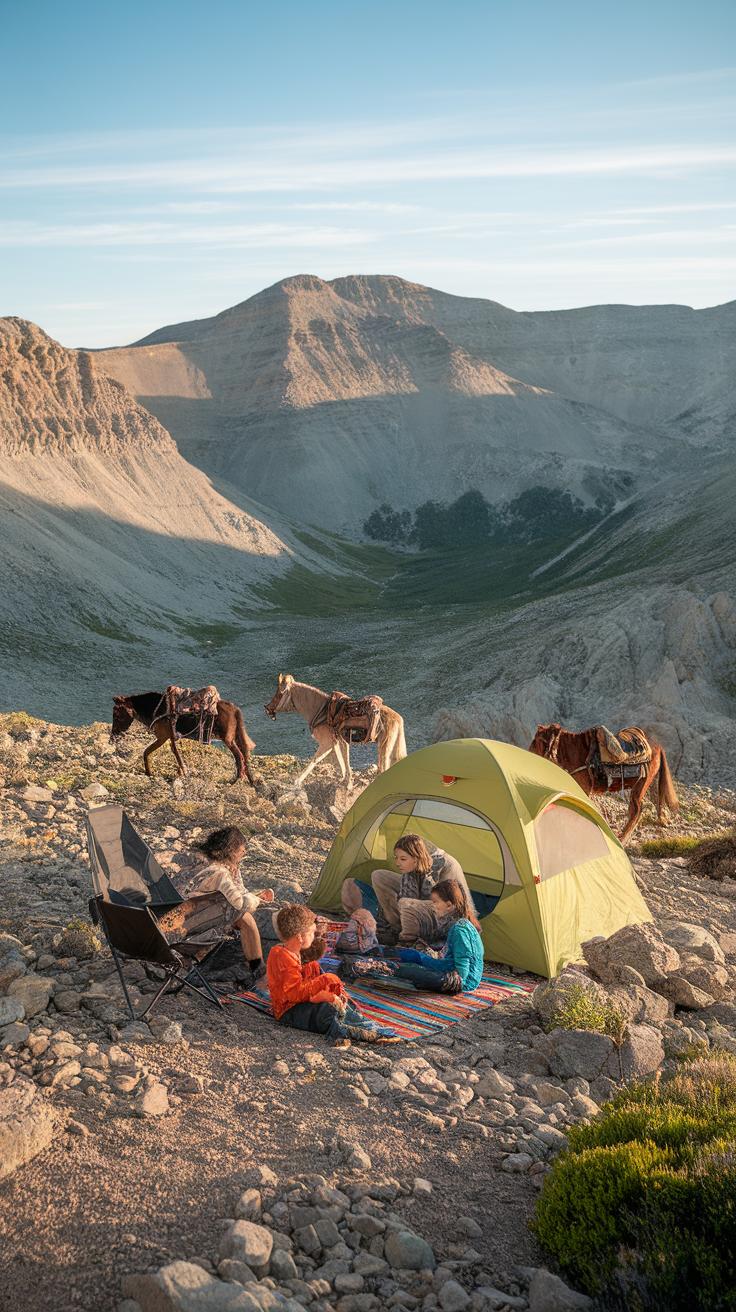
Addressing Urban Housing Crises
Tent living offers a practical solution for many facing housing difficulties in urban settings. With rental prices growing, some individuals and families turn to tents for affordable shelter. This option provides a sense of freedom and connection to nature that traditional homes often lack. Communities can set up organized tent living areas that give people a safe place to reside. In these spaces, individuals can maintain a sense of dignity while accessing basic resources. Tent living can create a supportive community where residents share skills and help each other thrive.
Relevance During Emergencies
Tent living also plays a vital role during emergencies such as natural disasters and pandemics. People can quickly set up tents in areas that face sudden evacuations or may lose basic services. These temporary shelters protect against the elements and provide a place for families while they regroup. Organizations can quickly mobilize tents to help affected populations regain their footing. This adaptability highlights how tent living can address immediate needs while offering a flexible option in challenging times.
Embracing the Tent Living Lifestyle
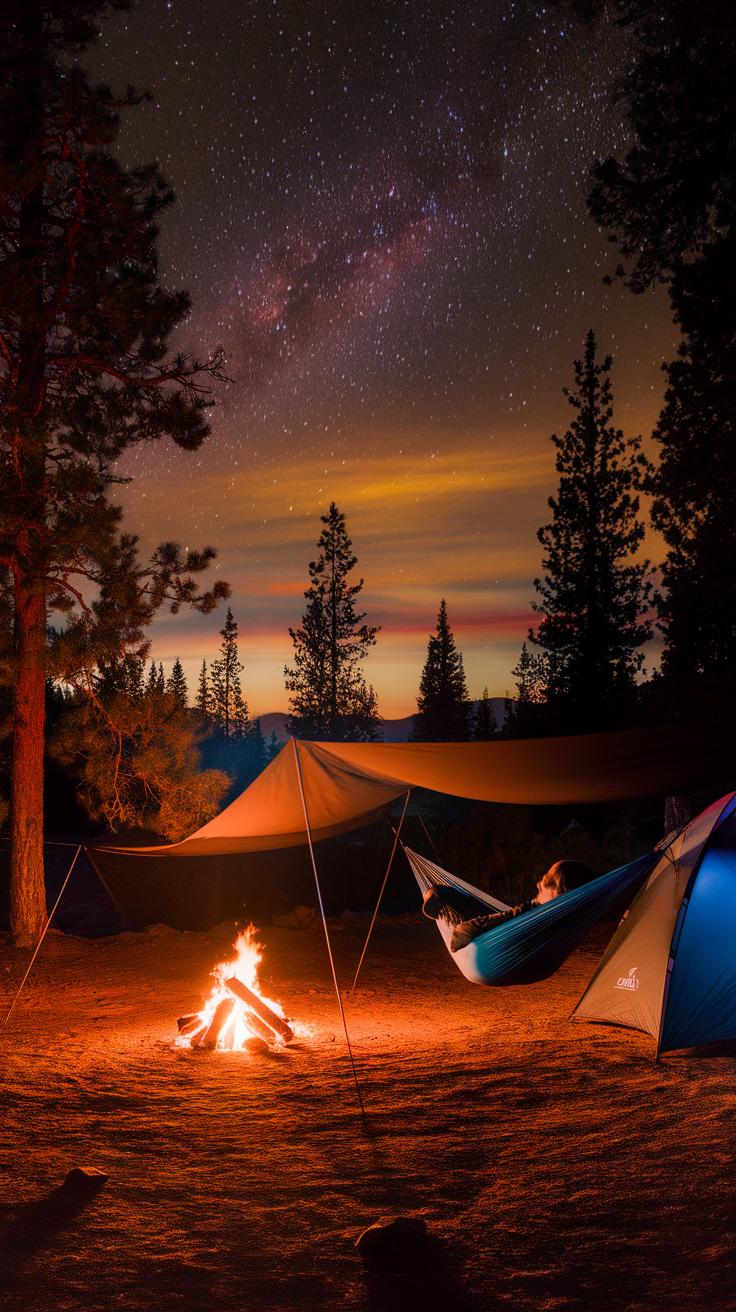
Choosing a tent living lifestyle opens up new experiences in nature. You will connect deeply with the environment, finding joy in the simplicity of daily routines. Waking up to the sound of birds chirping and witnessing the beauty of sunsets can transform ordinary days into special memories. This lifestyle also teaches self-sufficiency, helping you learn practical skills like setting up a tent, cooking outdoors, and navigating your surroundings.
However, tent living comes with its challenges. Weather conditions can be unpredictable, and you must adapt your plans frequently. Limited space requires thoughtful organization, and comfort can sometimes take a backseat. Despite these difficulties, many find the benefits far outweigh the drawbacks. Real engagement with nature, a sense of freedom, and the opportunity to disconnect from technology can lead to personal growth and satisfaction. Embrace tent living, and discover its magic in your outdoor adventures.
Conclusions
Tent living represents more than just a way to sleep outdoors; it embodies a lifestyle choice that emphasizes connection to nature and the importance of community. As people seek to escape the confines of modern life, tents provide a means to engage with the environment while enjoying the benefits of simplicity and adventure. By understanding the various aspects of tent living, from selecting the right equipment to setting up a cozy campsite, anyone can adopt this enriching way of life.
As the trend of tent living continues to grow, it paves the way for innovative solutions to housing, recreational activities, and environmental awareness. Whether for a weekend retreat or a long-term living arrangement, embracing tent living fosters resilience, creativity, and sustainable practices. This journey into the outdoors encourages exploration, adventure, and a deeper appreciation for the planet.


